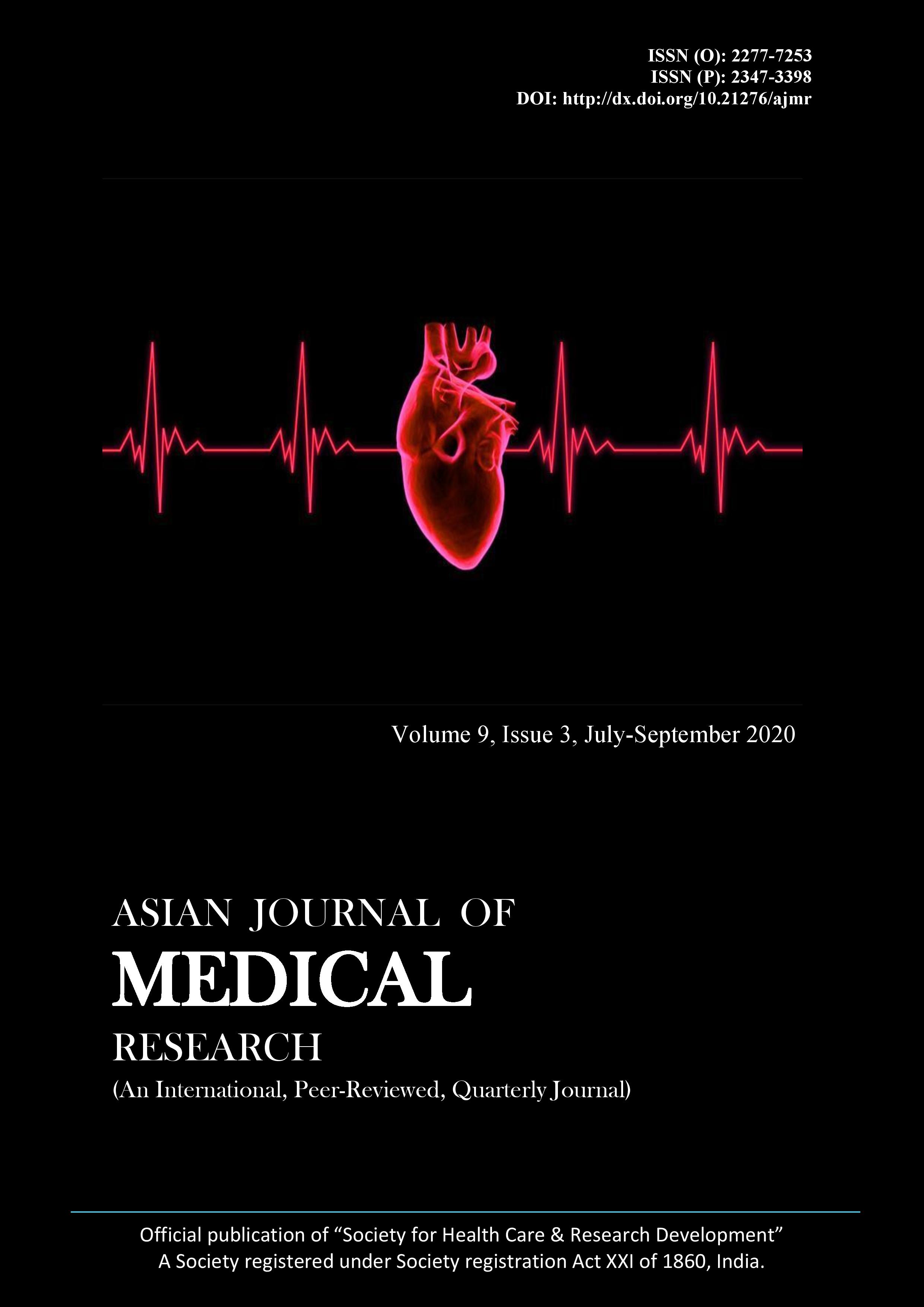Assessment of Prevalence and Risk Factors of Dry Eye Disease among Study Group
Prevalence and Risk Factors of Dry Eye Disease
Abstract
Background: Dry eye is a multifactorial disease of the tears and ocular surface that results in symptoms of discomfort, visual disturbance.  The present study was conducted to assess prevalence and risk factors of dry eye diseases among the study group. Subjects and Methods: The present study was conducted from February 2018 to July 2018 on 184 patients of both genders visiting the Department of Ophthalmology Mediciti institute of medical sciences with eye complaints. Slit-lamp biomicroscopy with a cobalt blue filter was used to investigate the tear film layer, and the interval from the last blink to the appearance of the first random dry spot on the cornea was noted. Schirmers test was performed. Whatman filter paper no 41 was placed in the lower fornix at the lateral one-third of the lower lid margin. Results: Age groups 40-50 years had 52, 50-60 years had 98 and 60-70 years had 34 patients. There were 110 males and 74 females. The difference was significant (P< 0.05). 64 (58.1%) males and 40 (54%) had a dry eye disease. The prevalence found to be 61.9%. The severity of DED was mild in 25%, moderate in 46% and severe in 29%. The difference was significant (P< 0.05). Risk factors of DED were steroid use in 14%, smoking in 56%, alcoholism in 24%, computer job in 78%, systemic allergy in 4%, ocular allergy in 32%, contact lens use in 17% and previous ocular surgery in 7%. The difference was significant (P< 0.05). Conclusion: The author found that the prevalence rate of dry eyes was 61.9%. Risk factors of DED were steroid use, smoking, alcoholism, computer job, systemic allergy, ocular allergy, contact lens use and previous ocular surgery.
Downloads
References
Copyright (c) 2020 Author

This work is licensed under a Creative Commons Attribution 4.0 International License.






